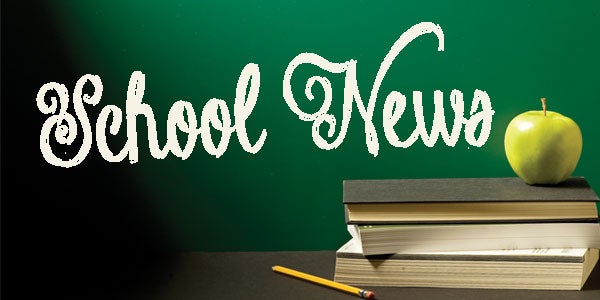Learning through understanding: Winona Middle School immerses students in understanding dyslexia
Published 12:41 pm Saturday, January 21, 2017
One in five people suffer from some form of dyslexia.
Often, the experience of reading with dyslexia is the appearance of letters jumping around the page, making words look instead like a jumbled collection letters and symbols.
To help spread awareness of that experience, for the past few weeks a group of 25 seventh-grade students at Winona Middle School have spent the first hour of their day reading and discussing “Fish in a Tree” by Lynda Mullaly Hunt. It’s a book about a girl who struggles with dyslexia, and feels like she doesn’t fit in at school because she can’t read as well as her peers.
The class is an enrichment-track program to teach students about learning disabilities and how they impact a student’s ability to succeed. Tricia Wehrenberg, youth services librarian at Winona Public Library, reached out to WMS media specialist Jill Nysse about doing a reading group. After a bit of discussion, they soon settled on “Fish in a Tree.”
“We wanted to choose a book that would be a good talking point for the students, and also educate them on a topic they might not know much about,” Wehrenberg said.
Nysse said it took a few class periods and chapters for students to really get into the book, but once they did many were surprised by what they learned. During the class’ final period on Wednesday the students wrote down one thing they learned from the class and book:
Letters literally jump around on the page.
Channing Tatum has dyslexia.
People with dyslexia tend to do well in math.
Wehrenberg said the book has a good message of empowering people with learning disabilities, and enlightening others about their effects.
After the classes, Wehrenberg and Nysse had the students engage in different activities and discussions to reflect on what they learned. One day they had the students try a reading simulator on a website that mimics what it’s like to read with dyslexia. Another day they played Jeopardy, and were quizzed on various facts regarding learning disabilities and dyslexia.
“What they learn is more likely to stick if they reflect and discuss,” Nysse said.
“When the students did the simulator, a lot of them said things like, ‘Wow, I can’t even read this!’ or ‘How is it possible to read when the letters jump everywhere?’” Wehrenberg said.
Both said they consider the class a success, and look forward to doing more classes like it because it offers students a good learning opportunity and is also a good way for the public library to do outreach to students.
“We’d love to continue the collaboration,” Nysse said. “It makes both programs stronger.”



